We Need Literature That Promotes Diversity and Children’s Rights
On a beach in the land of Dr. Seuss’ stories live these curious creatures called Sneetches[1]. Rather they just live alongside one another because they are not actually living together. Why? Some of them have a star on their belly – a distinctive mark powerful enough to make them feel superior. They do not speak to their others, do not let their children play with the ones lacking the star, and they keep themselves at a distance.
The life of the small starless creatures seems to change when Sylvester McMonkey introduces his extraordinary machine that produces stars for a price. However their life is fleeting – the other Sneetches decide to lose their star in order to recognize each other and keep their privileges. A mind-boggling trot between the two machines owned by Sylvester McMonkey (one for star-adding, the other one for star-removal) up until the Sneetches not only remain penniless, but no longer even know to which category they belong.
Only at the very end, when Sylvester leaves, do the Sneetches realize they were conned and that in fact all Sneetches are equally good regardless of having a star or not.
Let’s make an effort of imagination: locate the beach in 1930’s Germany when the Star of David would be a stigma on the clothes and buildings of the Jews. Or picture that beach in the USA of the first half of the 20th century when racial discrimination was supported by law. Suddenly those 15 illustrated pages give more than just a story where children are fascinated by the world of the Sneetches – a universe that helps children discover the mechanism and dynamics of discrimination.
In the world of children´s books, at least in the Anglophone part, the debate about the political dimension of fiction has as many adepts as adversaries. In the opinion of the latter, children shouldn’t be exposed to complex social issues because on one hand they naturally have non-discriminatory thought, on the other, they cannot yet manage powerfully negative emotions.
While the need to protect children’s innocence is understandable, I think it is necessary to offer them the opportunity to gradually become aware of the complicated world we live in. As long as the books our children read are more than mere propaganda, as long as the creative, imaginative dimension is equally as powerful as the political one, I will remain in favor of it.
Books as a mirror
In children’s books we often identify with the main character and through him we build the various sides of our identity: shy boys learn that they can become Harry Potter, while little girls could identify more with Matilda or Pippi[2] than with the Sleeping Beauty.
In certain stories we learn about our fears and how to control them, we take part in conflicts, we feel powerful feelings as if in a rehearsal which prepares us for the real world, but without the risks of it – in short we assume ideas and attitudes which form us as social beings.
Thus we need books with diverse characters with which different children can identify and grow. We need to represent characters beyond stereotypes, which belong to the 19 ethnicities in Romania, which have a disability, which are of diverse sexual orientations or which are vulnerable from a socio-economical perspective.
Books as a window
Children’s books sometimes carry us to different cultures and different times, weaving fiction and real events. We travel to ‘40’s USA with Curious George[3], to contemporary Paris with Madlen[4], to ‘40’s Copenhagen with Annemarie[5] or to Italy with Mr. Bianchi[6].
Seldom do we think we live alongside people of whom we know far too little: how many of us think about the loneliness of the children of Romania left in the care of their grandparents or even abandoned by their parents who have gone abroad to work?
Unfortunately when we have the understandable tendency to consider children to be naturally good and open to one another, we forget that children are sometimes victims of discrimination. Children develop stereotypes at a very young age (between 6 and 10 years old)[7] – and this sometimes leads to discrimination or even violence (verbal or physical) against those who are different for one reason or another.
Bullying is a real problem in almost all European countries to such an extent that in France, for example, the Minister of Education, Najat Vallaud-Belkacem, has started a widespread national campaign against this issue[8]. In Romania, the latest report by the Salvați Copiii organization is equally concerning: 31% of children regardless of ethnicity are excluded from the group based on differences, 80% of children have witnessed a situation when a child is humiliated by another, 39% of children say they have been slightly injured, and 16% say they have been beaten repeatedly at school.
The report concludes that “any child which is different from the others can become a target of bullying, especially those who have a different look, those who have different behaviors or characteristics to the majority, those who are new to the group, those who come from a disadvantaged socio-economic medium, from a different ethnicity etc.”[9]
Under these circumstances books cannot be just a window to a faraway land, but also to those near us who are different. We need books for building knowledge more authentically, more honestly, beyond stereotypes and for empathy.
What Exact Books Do We Need?
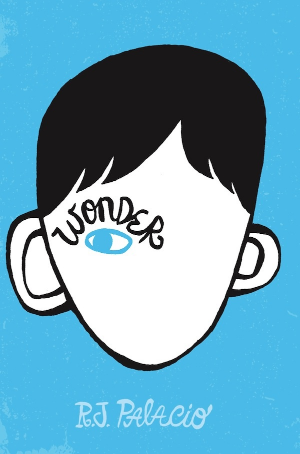 |
Books like Wonder[10] by R. J. Palacio, about Auggie, a 10 year old boy who |
|||
| The Little Girl Who Played at Being God by[12] Dan Lungu is about Rădița, a 10 year old girl, sensible and introverted, whose family falls apart after the departure of her mother from a small provincial city in Romania in order to work in the cleaning business in Rome.
|
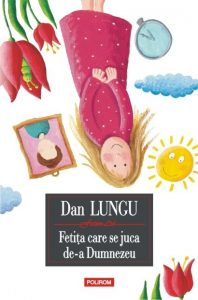 |
|||
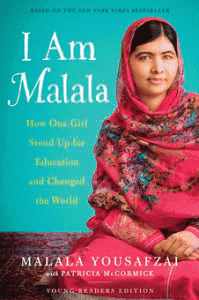 |
I am Malala[13] is the book written by the youngest winner of the |
|||
| Visiting Day[14] is a book about the unconditional love a girl bares for her imprisoned father. The book was written by one of the most talented Afro-American female writers, Jacqueline Woodson.
|
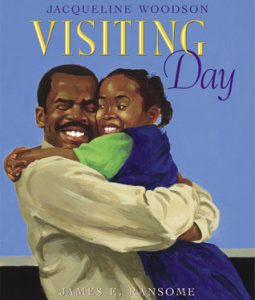 |
|||
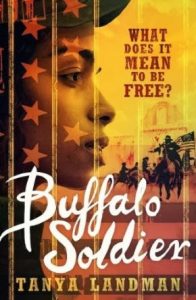 |
Buffalo Soldier by Tanya Landman is the story of the first ex-slave woman who chooses to enroll in the American army as a man in 1866.
|
| Lastly, we need books like Sofia Z4515[15] by Gunilla Lundgen and Amanda Eriksson, one of the few children’s books which talks about the Roma Holocaust and the life of Sophia Taikon, Swedish writer of Roma ethnicity.
|
 |
Back to the likeable Sneetches, what can children learn from their story? First, they learn that they can find themselves easily in the position of those who are used to excluding others. They learn that one cannot reduce another to a mere difference however visible and defining it might seem. They learn that there are always external factors that can make us believe in our superiority as a group, but which lack foundation. They learn that there is only one race, the human race, and that racial discrimination is a social construct. In short, they learn about the right to non-discrimination and to equal chances.
by Gabriela Nenciu
Gabriela Nenciu holds a degree in Foreign Languages Pedagogy and in Cultural Projects Design (Sorbonne University Paris). Currently she is teaching at Brandeis University. She has taught at Dartmouth College and in the French Institute network in Romania, Marocco, Hong-Kong, and Indonesia.
[1]Dr. Seuss, The Sneetches, Random House Publishing, 1961
[2] Matilda is the main character of the homonymous novel by Roald Dalh, and Pippi is a character developed by Astrid Lindgren. They are both independent spirits, adventurous and capable of discovering the world through their own forces.
[3] H. A. Rey, Curious George, Arthur Publishing House, 2016.
[4] Ludwig Bemelmans, Madlen, Arthur Publishing House, 2015.
[5] Lois Lowry, Number the Stars, Arthur Publishing House, 2015.
[6] Gianni Rodari, Fairy Tales Over The Phone, Arthur Publishing House, 2015.
[7] Clark McKown and Rhona Weinstein, The Development and Consequences of Stereotypes Consciousness in Middle Childhood, în Child development, vol. 74, no. 2/2013.
[8] Campanie Agir contre le harcèlement à l’Ecole, available on www.education.gouv.fr.
[9] Studiu sociologic la nivel național al organizației Salvați copii, Bullying-ul în rândul copiilor, București, 2016.
National sociological study by the Salvati Copiii organization, Bullying among children, Buchares, 2016
[10] R. J. Palacio, Minunea, Arthur Publishing House, 2016.
[11] Campania Choose kind disponibilă pe site-ul www.randomhousekids.com.
[12] Dan Lungu, The Little Girl Who Played at Being God, Polirom Publishing House, 2014
[13] Malala Yousafzai and Christina Lamb, I Am Malala, Polirom Publishing House, 2014.
[14] Jacqueline Woodson, Visiting day, Penguin Random House Publishing, 2015.
[15] Gunilla Lundgren and Amanda Erikson, Sofia Z 4515, Pioner Press Publishing House, Stockholm 2016 (bilingual edition in Romanian/Romani).





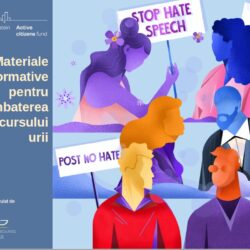


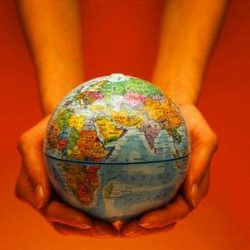
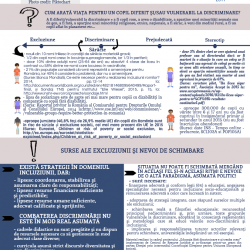
0 Responses